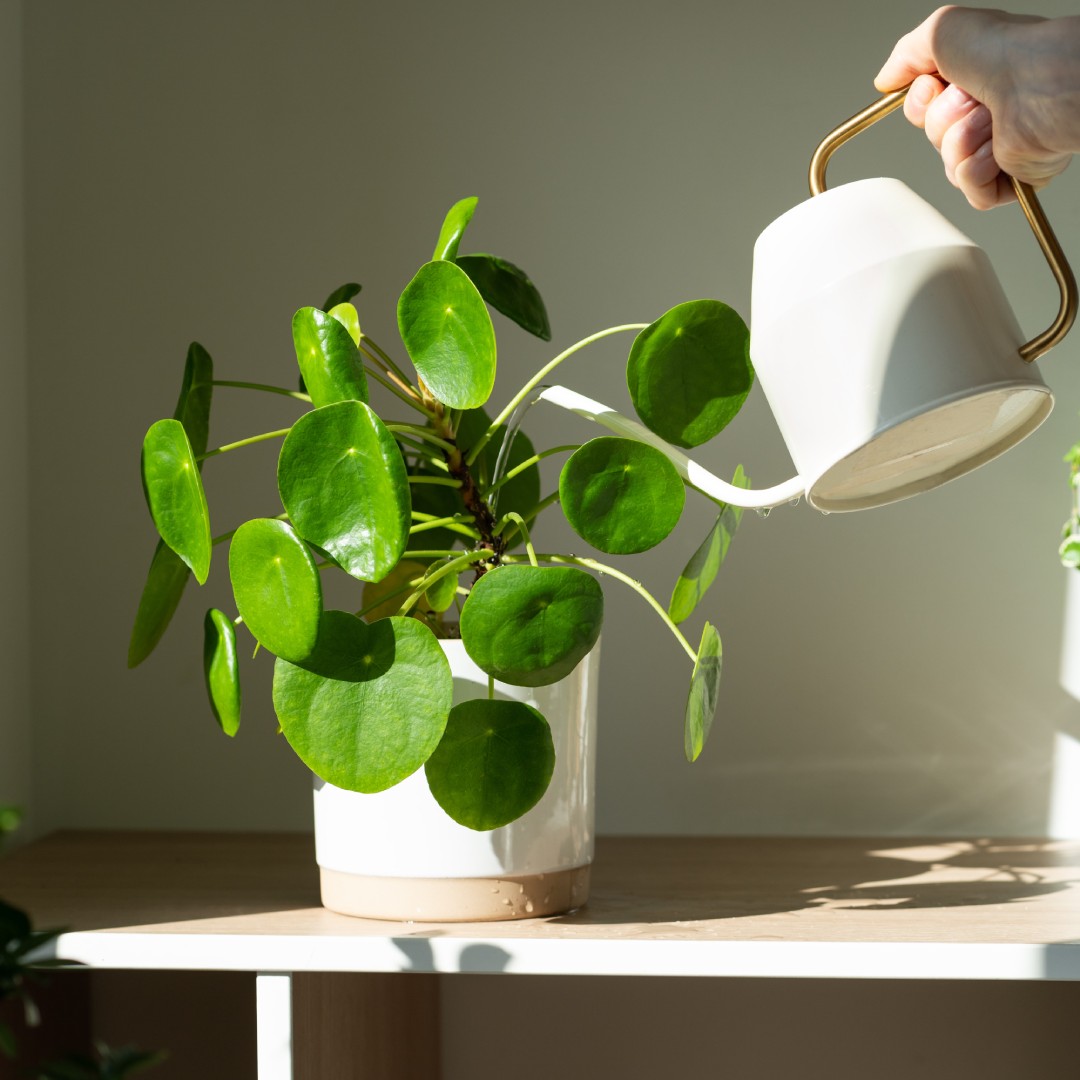Indoor gardening is flourishing, with plant enthusiasts everywhere transforming their living spaces into lush green havens. However, as the trend grows, so does the understanding of what makes houseplants thrive—specifically indoors.
Light is a crucial element for indoor plants and enables them to perform photosynthesis and grow healthily. However, sometimes natural light just doesn’t cut it, and that’s where grow lights come in. Continue on as we illuminate the path toward the most common signs your indoor houseplants need grow lights.
Faded or Discolored Leaves Signal Light Deficiency
One of the first signs that your plants might not be getting enough light is faded or discolored leaves. These dull hues indicate that the plant isn’t photosynthesizing efficiently, which can ultimately lead to nutrient deficiencies.
Healthy plants usually boast vibrant, rich colors because they receive ample light to create chlorophyll. If your plant’s leaves are losing their luster, it may be time to consider adding a grow light to your care routine.
Stunted Growth Points to Insufficient Light
Plants rely on light as a primary energy source for growth. When they aren’t receiving enough, growth can become stunted, leaving you with small, underdeveloped plants.
If you’ve noticed that your plants aren’t reaching their potential size or are growing at a snail’s pace, inadequate light could be the culprit. Providing them with a consistent light source can kickstart their metabolism and help them grow stronger.
Leggy Appearance Reveals Light Starvation
A leggy appearance in plants is a classic sign of light starvation. This phenomenon occurs when plants stretch toward their light source, resulting in elongated stems and sparse foliage.
If your once full and bushy plant starts looking spindly, it’s practically begging for more light. A grow light can provide the balanced illumination needed to encourage compact, healthy growth.
Leaf Drop Indicates an Energy-Conserving Tactic
Leaf drop is alarming for any plant owner, but it often signals that your plant is trying to conserve energy. When light levels are too low, plants may shed leaves to reduce the energy required for maintenance.
Observing an increase in leaf drops can serve as a warning that your plant is not photosynthesizing enough. By introducing a grow light, you can maintain optimal light conditions and prevent unnecessary leaf loss.
Delayed or Absent Blooms Hint at Light Shortage
If your flowering plants seem hesitant to bloom or aren’t producing flowers at all, insufficient light might be the reason. Light is essential for a plant’s flowering cycle, and a shortage can delay or prevent blooms altogether. Using grow lights can mimic the sun’s natural cycle and promote the growth of beautiful blooms.
Recognizing these subtle yet significant signs your indoor houseplants need a grow light can help you give them the best possible care. Grow lights offer a viable solution, revolutionizing how indoor gardeners approach plant care and cultivation. By incorporating the right light setup, you can transform your indoor garden into a thriving oasis, proving once again that grow lights are changing the agricultural landscape for the better.

